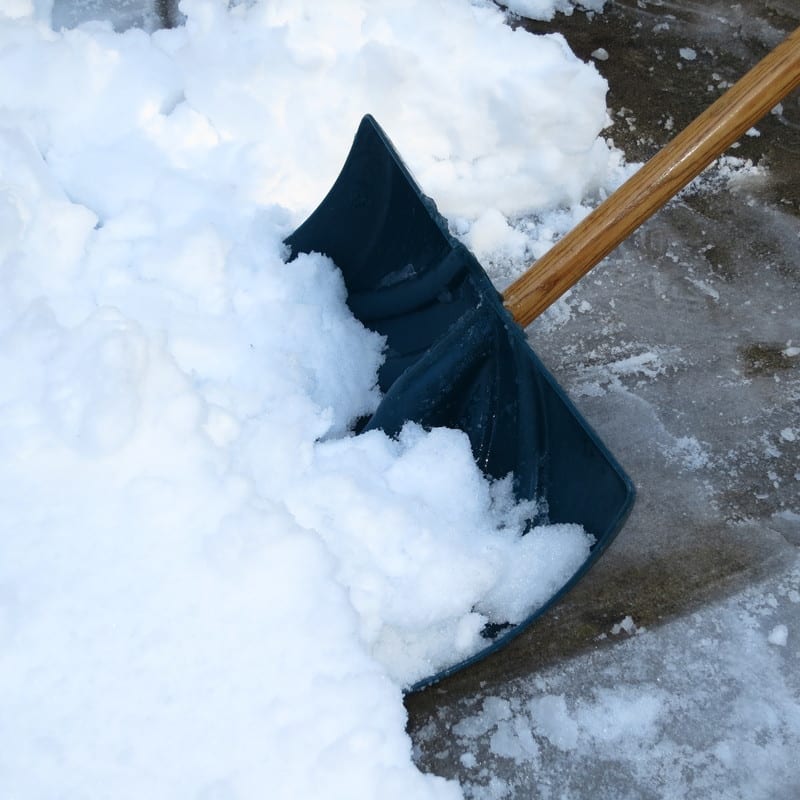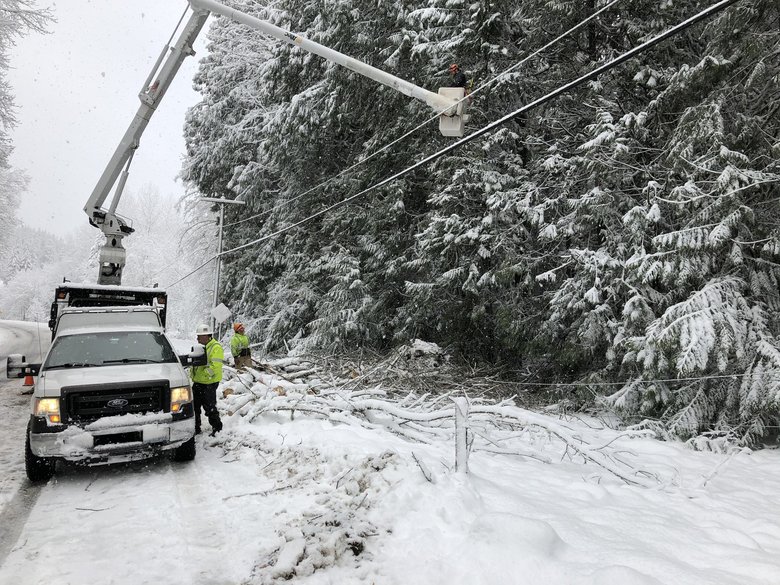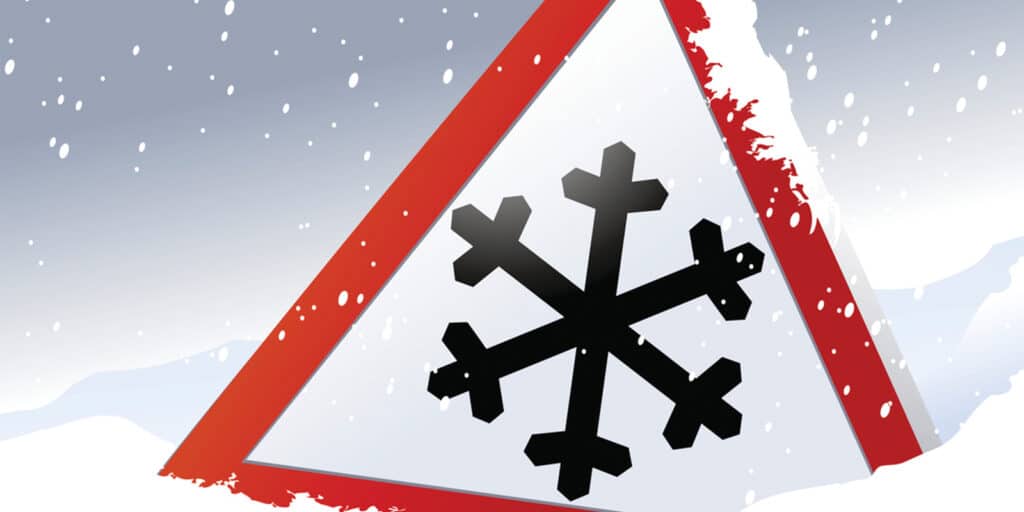What do I need to know about shoveling snow?
Shoveling snow can be a strenuous activity, particularly because cold weather can be taxing on the body, and can create the potential for exhaustion, dehydration, back injuries, or heart attacks.
- Take frequent breaks.
- Drink plenty of fluids (while avoiding ones with caffeine or alcohol).
- Warm-up before starting.
- Scoop small amounts of snow at a time, More average snow may weigh 15 pounds per cubic foot and drifted compacted snow may weigh 20 pounds or more.
- Push the snow instead of lifting where possible.
- Use proper form if lifting is necessary: keep the back straight and lift with the legs.

How do you walk safely on snow and ice?
Walking on snow and ice puts workers at an increased risk of slips and falls.
- Where appropriate, clear walking surfaces of snow and ice and use salt or its equivalent.
- Proper footwear is essential – insulated boots with good rubber treads are a must for walking during or after a winter storm.
- When walking on an icy or snow-covered walkway, take short steps and walk at a slower pace so you can react quickly to a change in traction.
- If the sidewalk is not cleared and you have to walk in the street, walk against the traffic and as close to the curb as you can.
- Look out for vehicles which may have lost traction and are slipping towards you. Be aware that vehicles might have trouble stopping at crosswalks or traffic signals.
- At night, wear bright clothing or reflective gear – dark clothing will make it hard for drivers to see you.
- During the daytime, wear sunglasses to help you see better and avoid hazards.
Downed Power Lines:
Wintery conditions often lead to downed power lines, creating danger for both pedestrians and drivers.
- Report downed power lines to Energy Service immediately.
- Do not go outside to investigate. (Electricity can spread outward through the ground in a circular shape from the point of contact. As you move away from the center, large differences in voltages can be created).
- Follow safety precautions from the energy service provider.
- Never drive over downed power lines.
Click Downed_Electrical_Wires for OSHA facts on downed wires.





